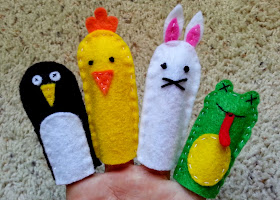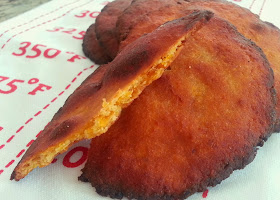All good things must come to an end. After spending three wonderful months together, and making lots of new memories, we said goodbye to my parents. I am so happy and thankful for the time my daughter got to spend with her grandparents. It's going to be difficult getting used to an empty house.
I was on the important task of eating down our overstocked fridge before mom and dad left. Monday night I took all the veggies - Brussels sprouts, cauliflower, carrots, turnip, and a leftover poblano pepper - and decided to use them up. I had originally planned to roast Brussels sprouts on Thanksgiving; it was time to do so finally. Rest of the vegetables, also roasted, went into a velvety smooth soup. The soup was made at mom's request - she kept on talking about this wonderful roasted cauliflower soup she had tried somewhere, and had been asking me to make it. The other vegetables happened to go well with it, so I tossed them in. What started as an exercise to just finish up the produce turned into a wonderful meal, perfect for the cold night we had.
I kept to soup low cal by using milk instead of cream for that smooth and creamy texture. The carrot and poblano helped take away the pungency of the cauliflower. Some almonds on top gave it a nice crunchy bite.This was a good filling soup. You could add potato or other winter veggies to it. This recipe is a keeper.
Roasted Cauliflower, Carrot, & Turnip Soup With Poblano
Ingredients:
1 Medium head of cauliflower
1 Medium Turnip
1 Large or 2 small carrots
1 Poblano pepper
1 small onion
3 Cloves of garlic
2 Teaspoon Italian herbs
3/4 Teaspoon cumin-coriander powder
1/2 - 1 Teaspoon red chili powder
Salt & pepper to taste
1 Quart low sodium vegetable broth
3/4 Cup whole milk (or cream if you like)
Olive oil for tossing vegetables and sauteing
Chopped cilantro, chopped chives, slivered almonds, or croutons for garnishing
- Prepare the vegetables for roasting - separate cauliflower florets, cut turnip and carrots into cubes. Toss these vegetables and whole poblano in a little bit of oil (just enough to coat), and Italian herbs.
- Spread all the veggies on a baking sheet, and bake at 400F for 20-25 minutes, or until the cauliflower is golden and rest of the veggies fork tender. Take out and keep aside.
- On the side, chop onion and garlic finely.Heat a couple of teaspoons of oil, and saute them until onions are translucent.
- Add all the roasted veggies, cumin-coriander powder, red chili powder, and half the vegetable stock to the pot. Blend this until smooth and creamy. I used my Vitamix, which does a great job of making smooth soups.
- Pour this back into the pot, add the remaining vegetable stock, or as much needed to create the consistency you like, milk, salt & pepper to taste.
- Bring the soup to a boil and reduce to simmer.
- Serve hot, with your favorite garnish. I added chopped cilantro, and slivered almonds for some crunch.





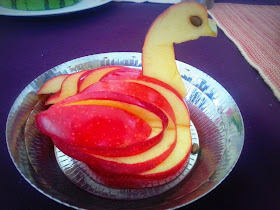





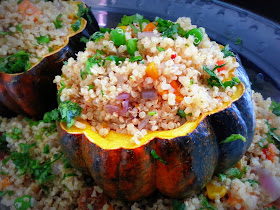
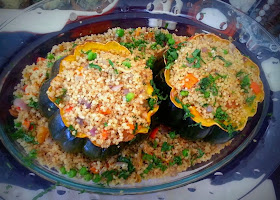



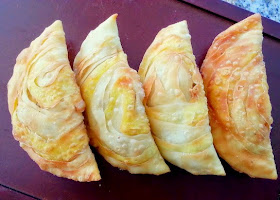.jpg)

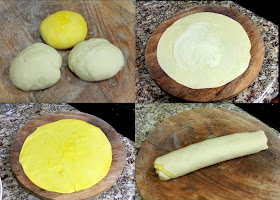







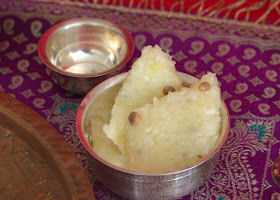



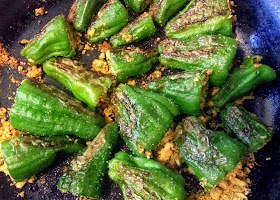

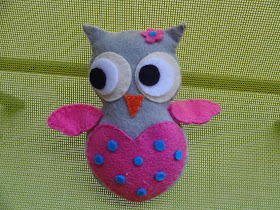.jpg)
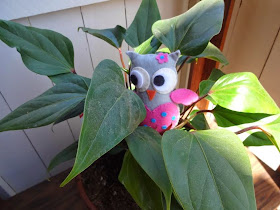.jpg)








